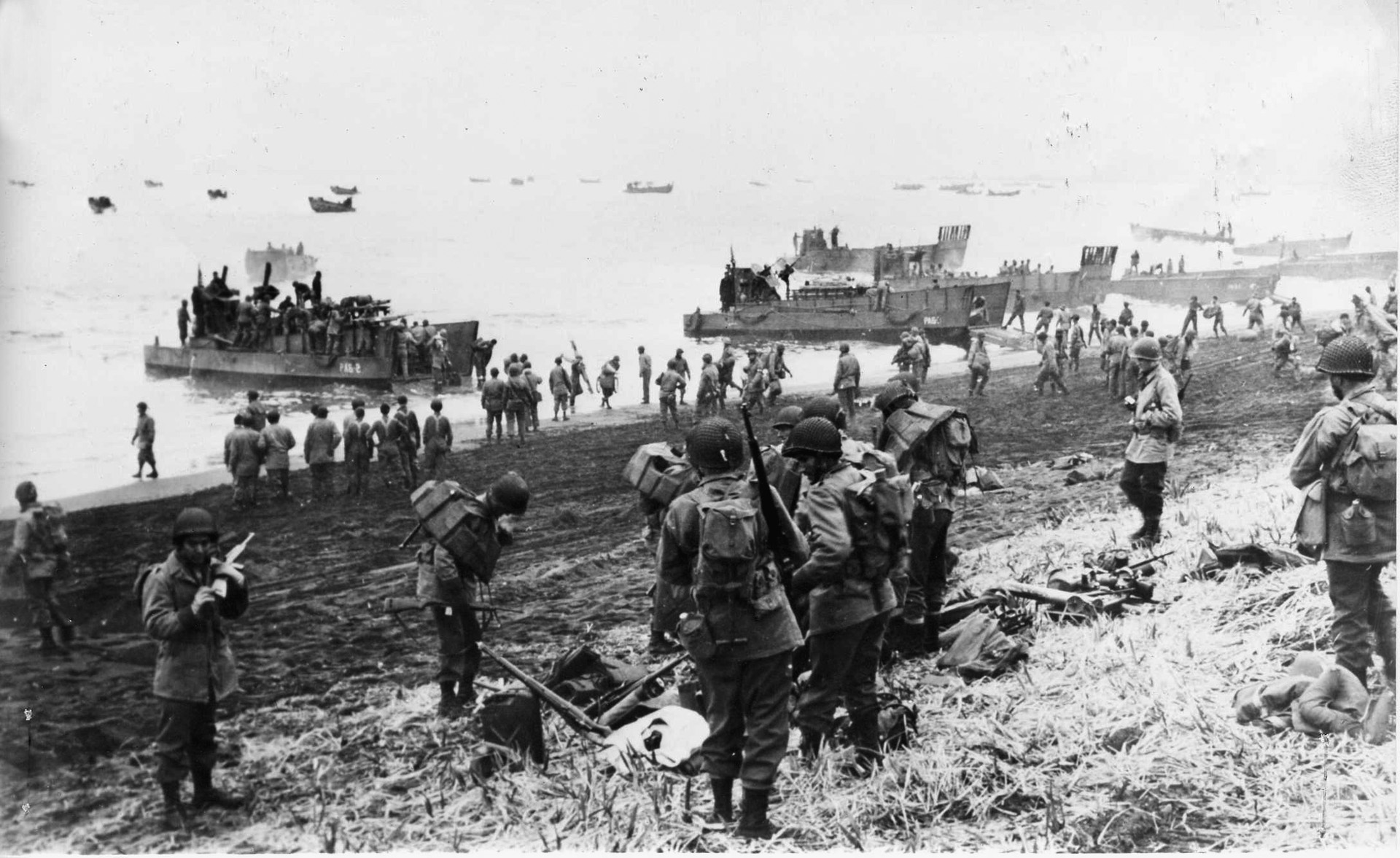Laid down in 2009 and commissioned in 2017, the USS Gerald R. Ford is not only the United States’ newest supercarrier, but its largest as well, with a displacement of over 100,000 tons. In fact, the massive floating combat city is the largest on the planet, with capabilities to match, as the advanced technology aboard has no peer currently on the sea. Carrying more than 4,500 servicemembers and over seventy-five combat and reconnaissance aircraft, the Ford is to date the largest warship ever constructed and is the flagship of the newly created Ford Class of ships.
The Ford carries two Bechtel A1B PWR nuclear reactors, providing 250% more power to the vessel, which translates to faster and more powerful firing capacity and aircraft launching capability. Traditional steam powered launchers have been replaced by advanced Electromagnetic Aircraft Launch Systems (EMALS). Rounding out the package are updated missiles and electronic sensing and warfare suites, and a reduced radar cross section for improved stealth (an odd concept for such a massive behemoth.)
The Ford Class will also include the USS John F. Kennedy, currently in service, and the USS Doris Miller and the USS Enterprise to be delivered in the future.
I could continue listing technical specifications, but those are the big-ticket items. Another question came to mind when reviewing the new vessel, however; how does the Navy classify and name their ships? Is it just whatever the first one is, such as the Ford, become the new class designator?
In the early years of the United States, ships were named for British royalty, historical figures, and traits of the young country itself. The USS Constitution is an example of the latter and is the oldest warship still sailing.
On 3 March 1819, and act of congress turned over the authority for naval vessel designations and naming conventions to the Secretary of the Navy, and that provision is in force to this day. The Civil War saw an explosion of both the number of ships on American waters, and the sheer variety of names for individual craft.
An additional act passed on 4 May 1898, specified that “all first-class battleships and monitors [shallow-draft coast-defense ships completed between 1891 and 1903, armed with heavy guns] shall be named for the States, and shall not be named for any city, place, or person, until the names of the States have been exhausted, provided that nothing herein contained shall be construed as to interfere with the names of states already assigned to any such battleship or monitor.”
Beginning in the 1880’s. destroyers were named for Naval leaders and heroes, while cruisers take their monikers from American cities. Shortly afterwards, submarines came into service, and were named for “fish and denizens of the deep” as well as venomous or stinging creatures. Oddly enough, from 1911 to 1931, submarines received only alphanumeric designators.
In World War One, then Assistant Secretary of the Navy Franklin D. Roosevelt used his passion for ornithology to designate the names of the first thirty-six of the new minesweeper vessels that were entering service, collectively the Lapwing Class. They remained a solid workforce of the Navy for the next 25 years.
World War Two saw another dramatic increase in construction and deployment, which came with a mad dash to expand the naming conventions to keep up. Ships lost in combat were often honored by having their namesakes passed to new constructions, and larger ships began being named for US statesmen after the death of FDR in 1945. This last was suggested by then Admiral Forrestal, who was then himself honored in the same way with the designation of the first US “super carrier,” the Forrestal CVA-59.
As for classes, the answer to the original question is yes. When a new class of ships is constructed, each ship is named before it is commissioned, and the first ship of each class’s name becomes the class of all ships to follow, regardless of the naming convention chosen for the type.
The full history of naval conventions is a random but deeply interesting look into the people and sailors that fill the archives of American patriots. I would highly recommend a deep dive down the rabbit hole; you will be amazed what you will find.



%201.svg)









